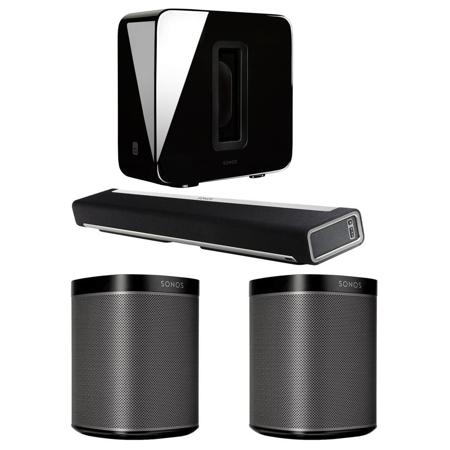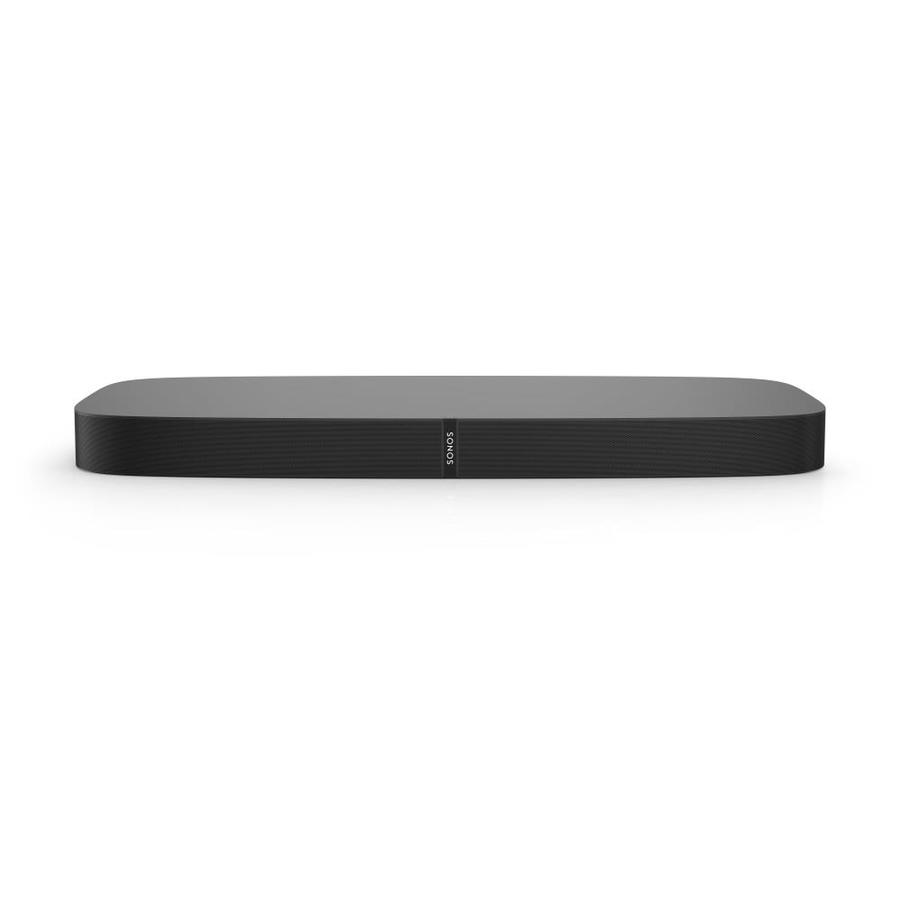

#SONOS SOUND BAR REVIEW TV#
If you’re used to standard TV audio, you will notice the difference in sound depth and quality from the second the Ray is plugged in. The Sonos Ray houses four Class-D digital amplifiers, two full-range midwoofers and two high-performance tweeters, which brings a decent amount of power to such a compact speaker. While this probably doesn’t make sense for those who are turning to the Ray for its affordable price tag, it is still nice to know that you can expand your set up later if you feel like it.

For instance, you can expand your sound system by adding a sub and rear surrounds and essentially give yourself a complete home cinema system – just know you’ll probably end up paying through the nose for it. Like other soundbars in Sonos’ range, the Ray can be boosted by wirelessly syncing it to other Sonos products. This doesn’t necessarily mean you can’t get immersive sound, though. Instead, the Ray’s format support is limited to Stereo PCM, DTS Digital Surround and Dolby Digital 5.1. However, the lack of HDMI does also mean there’s no support for Dolby Atmos, which may be a point of contention among users. Sonos claims this makes the Ray easier to set up and ensures that it works with as many TVs as possible. As we mentioned earlier, there’s no eARC HDMI connectivity here, so you will need to connect it to your TV with an optical cable, which thankfully comes provided. Like the Beam, the Ray can also be wall-mounted ( wall mount sold separately), and features LEDs and touch-sensitive buttons.Īt the back of the Ray you can find the power socket, join, ethernet and optical ports. Its small nature also allows it to be plonked in front of most TVs without blocking your view. Measuring 559 x 71 x 95mm and weighing in at just 1.95kg, the Ray is made for TVs up to 55-inches – so it’s perfect for those short on space. While this means you won’t get the same wide soundstage as the Beam, you are able to place the Ray on a TV cabinet shelf without losing sound dispersion, which is a first for the brand. Where the Beam features a curved grille that wraps around the edge of the soundbar though, the Ray instead has a flat grille and forward-facing acoustics. Like the Beam, the Ray has an understated, tapered build and can be purchased in two sleek colour options of black or white, allowing it to blend fairly seamlessly into a standard home entertainment set up. The Sonos Ray is otherwise fairly similar to its already-compact older sibling, the Sonos Beam, in terms of design.


 0 kommentar(er)
0 kommentar(er)
